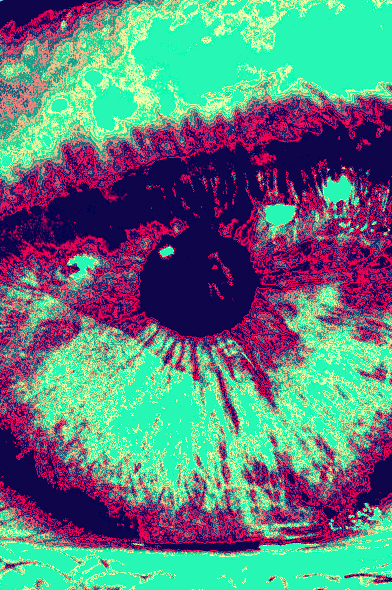Eyes seen as diagnostic
 Experts say the eyes can show distinct signals for both Attention Deficit Hyperactivity Disorder (ADHD) and Autism Spectrum Disorder (ASD).
Experts say the eyes can show distinct signals for both Attention Deficit Hyperactivity Disorder (ADHD) and Autism Spectrum Disorder (ASD).
In a new study, researchers have found that using an ‘electroretinogram’ (ERG) - which measures the electrical activity of the retina in response to a light stimulus - on children with ADHD shows higher overall ERG energy, whereas children with ASD show less ERG energy.
It suggests that recordings from the retina can be used to identify distinct signals for both conditions.
“ASD and ADHD are the most common neurodevelopmental disorders diagnosed in childhood. But as they often share similar traits, making diagnoses for both conditions can be lengthy and complicated,” says research optometrist at Flinders University, Dr Paul Constable.
“Our research aims to improve this. By exploring how signals in the retina react to light stimuli, we hope to develop more accurate and earlier diagnoses for different neurodevelopmental conditions.
“Retinal signals have specific nerves that generate them, so if we can identify these differences and localise them to specific pathways that use different chemical signals that are also used in the brain, then we can show distinct differences for children with ADHD and ASD and potentially other neurodevelopmental conditions.
“This study delivers preliminary evidence for neurophysiological changes that not only differentiate both ADHD and ASD from typically developing children, but also evidence that they can be distinguished from each other based on ERG characteristics.”
According to the World Health Organization, one in 100 children has ASD, with 5-8 per cent of children diagnosed with ADHD.
Co-researcher and expert in human and artificial cognition at the University of South Australia, Dr Fernando Marmolejo-Ramos, says the research has potential to extend across other neurological conditions.
“Ultimately, we’re looking at how the eyes can help us understand the brain,” Dr Marmolejo-Ramos says.
“While further research is needed to establish abnormalities in retinal signals that are specific to these and other neurodevelopmental disorders, what we’ve observed so far shows that we are on the precipice of something amazing.
“It is truly a case of watching this space; as it happens, the eyes could reveal all.”








 Print
Print